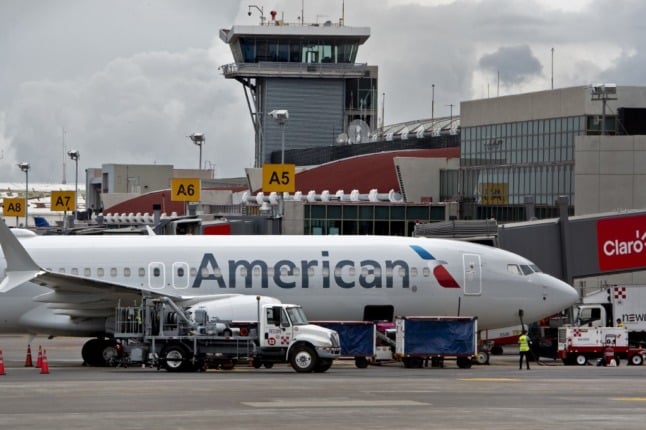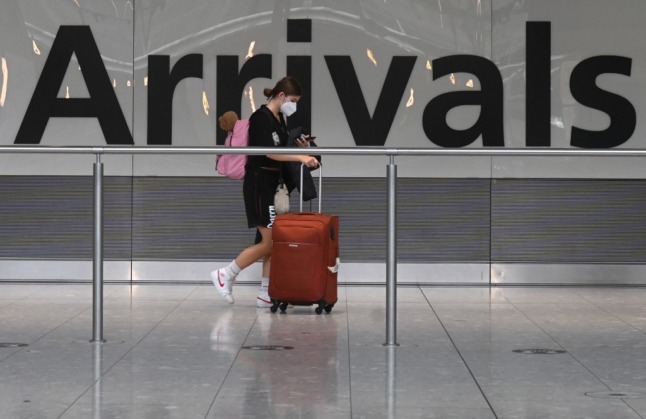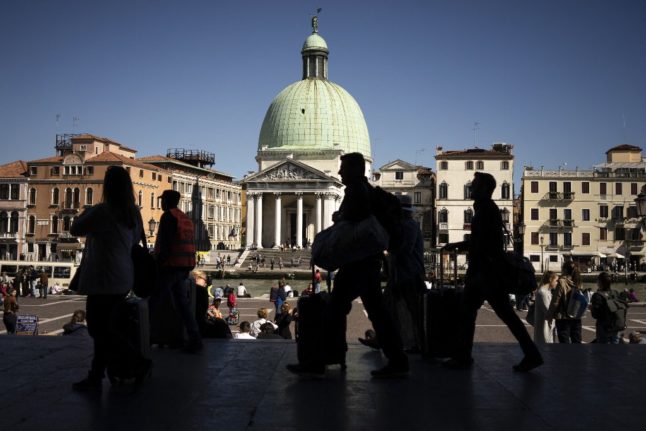Italy’s recent easing of travel restrictions will have come as a relief to The Local’s American readers living in Italy, as they can finally make long-postponed trips to see loved ones.
After more than a year of tough travel restrictions, Italy dropped its quarantine requirement for US arrivals in June – as long as certain criteria are met.
EXPLAINED: How has Italy changed its rules on travel from the US and Canada?
Meanwhile however, travel to the US from Italy remains banned in most cases, though there are exemptions for US residents and citizens.
Travel between the two countries remains complicated, and many readers have been in touch to ask for details of the requirements both ways ahead of upcomng trips.
What are the rules on testing and travel to the US from Italy?
If you’re on the ‘eligible for travel’ list, the Center for Disease Control and Prevention (CDC) requires that you get tested and be able to show proof of a negative result – or show evidence of having recovered from Covid-19 within the last 90 days.
You’ll need to get tested up to a maximum of three days before travel by air into the United States, as detailed in the CDC’s order, which also lists all the requirements and exemptions.
Note that this is three days, not 72 hours, which gives you more flexibility.
“By using a 3-day window, test validity does not depend on the time of the flight or the time of day that the test was administered,” writes the CDC.
So if you take a flight on a Friday, you can take your test up to the prior Tuesday at any time of day.

According to the CDC, you must “show your negative result to the airline before you board your flight, or be prepared to show documentation of recovery (proof of a recent positive viral test and a letter from your healthcare provider or a public health official stating that you were cleared to travel).”
This rule applies to all passengers over the age of two years old.
The US accepts results of a ‘viral test’, which the CDC explains can be either an antigen test (which is available in Italy) or a nucleic acid amplification test or NAAT (which is not currently available).
READ ALSO: How and where to get a coronavirus test in Italy
Although the Italian Foreign Ministry’s website states that a PCR test is aso accepted, this more expensive test is not required according to the CDC guidelines.
Rapid test results are acceptable as long as they are one of the types of viral test listed in the order.
Any test result must be in the form of written documentation (paper or electronic copy), which must show:
- Type of test
- Entity issuing the result (e.g. laboratory, healthcare entity or service)
- Specimen collection date. A negative test result must show the specimen was collected within the 3 days before the flight. A positive test result for documentation of recovery from COVID-19 must show the specimen was collected within the 3 months before the flight.
- Information that identifies the person (full name plus at least one other identifier such as date of birth or passport number)
- Test Result
If, on the other hand, you have had Covid-19 within the last three months, the CDC confirms that you may travel instead with a letter from your healthcare provider or a public health official that proves this, and states you have recovered and been cleared for travel.
The positive test result from when you contracted Covid-19 and the letter together are referred to as “documentation of recovery.”
You’ll need to confirm that all the information you’ve provided and that your testing results are true in this attestation form.
Quarantine requirements on arrival in the US
Requirements change depending on whether you are vaccinated or unvaccinated.
If you’re vaccinated, you’ll need to take another Covid test between 3 and 5 days after arrival in the US and no quarantine is required.
If you’re unvaccinated, you’ll also need to take a new Covid test between 3 and 5 days after arrival in the USA. If the test is negative, quarantine is reduced to 7 days from the day of entry into the country. If you don’t take a test, this is extended to 10 days.
The CDC recommends delaying international travel until you are fully vaccinated.
What about the rules when travelling/returning to Italy?
Travel between the United States and Italy has got easier since the Italian government dropped quarantine for arrivals from the US, Canada and Japan last month.
As of June 21st, passengers from these destinations were permitted to enter Italy under the EU’s ‘green pass’ scheme.
READ ALSO:
- What to expect if you’re flying from the US to Italy
- ‘Health pass’: What documents do Americans need for travel to Italy?
- Can I access Italy’s Covid ‘green pass’ if I was vaccinated in the US?
That means a ten-day quarantine rule will not apply to travellers who can provide proof of being fully vaccinated or having recovered from Covid-19, or who can show a negative result from a test taken within the 48 hours before arrival in Italy.
The new rules state that travellers now need two key documents to enter Italy: either a certificate of vaccination, a negative test result or a medical certificate of recovery, and a European Digital Passenger Locator Form (dPLF) for contact-tracing purposes.
People who were vaccinated in the US do not need an Italian ‘green pass’ but must be able to show equivalent proof of vaccination from the CDC.
For further information on when and where Italy accepts CDC vaccination cards, where you have to show your documents and whether these can be in paper or digital form, click here.
Please note The Local is not able to advise on invividual cases. For further details, see the Italian Foreign Ministry’s website (in English), or contact your airline or the relevant embassy.
For more information about the current coronavirus situation and health measures in Italy please see the Health Ministry’s website (in English).



 Please whitelist us to continue reading.
Please whitelist us to continue reading.
It is silly for Biden to not allow vaccinated people re-entry to the US, especially when you consider that Italy and every other sensible country is allowing visitors who have been vaccinated.
Ridiculo
If I test positive for Covid and have to wait to return to the US, will I be able to find a place to stay on short notice? A place that accepts covid-positive guests?